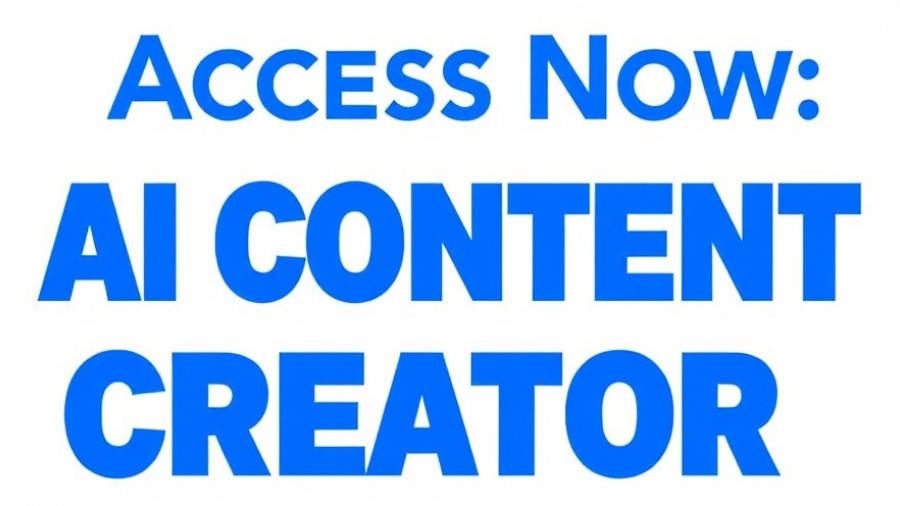
The Importance of a Well-Structured Communication Plan
In today’s fast-paced digital world, a well-structured communication plan is not just a theoretical exercise but a vital necessity for businesses looking to navigate both crises and opportunities in real-time. When faced with an unexpected backlash on social media or a product launch, companies without a clear plan risk losing control of the narrative and, ultimately, their reputation. This underscores the urgent need for a robust communication strategy that outlines how to respond and engage effectively with stakeholders.
Understanding the Components of a Communication Plan
A communication plan comprises documented strategies and tactics that guide your organization in disseminating important information to the right audience, at the right time, through the proper channels. It includes key elements such as objectives, target audiences, messaging frameworks, and metrics for evaluating success. Moreover, embedding flexibility into this plan allows businesses to adapt to dynamic environments, which is essential in marketing automation and lead generation efforts.
Templates to Kickstart Your Communication Strategy
To facilitate the creation of effective communication plans, several templates are available that cater to various business scenarios. These templates streamline the planning process and ensure consistency across communication efforts, fostering a cohesive brand image. Downloadable templates specifically designed for crisis management, product launches, and internal communication are essential tools for marketing agencies and SMBs eager to enhance their client acquisition tactics and CRM usage.
Strategies for Enhancing Your Communication Efforts
One key strategy in boosting communication efficacy is establishing a feedback loop. By encouraging feedback from various channels—be it social media, customer surveys, or direct outreach—marketers can refine their messaging and tactics. This also builds trust, as it shows stakeholders that their input is valued. Incorporating such insights can lead to higher customer satisfaction rates and improve brand reputation, two critical components in any sales funnel.
Responding to Crises: Lessons Learned
Pivotal moments during a crisis can define a brand more than any advertising campaign. Swift, transparent responses can mitigate damage and showcase a company’s commitment to its customers. Organizations like Coca-Cola and Nike have successfully navigated challenges by applying principles from their communication plans, focusing on maintaining open dialogues with their audiences, even in the wake of crises. For digital marketers, analyzing these case studies provides valuable lessons for integrating similar strategies into their own plans.
Future Proofing Your Communication Strategies
As technology continues to advance, marketing automation tools will play an increasingly central role in communication efforts. Tools that integrate AI can enhance personalized messaging, optimize customer interactions across platforms, and make data-driven decisions. Understanding how to leverage these tools will be paramount for entities aiming to stay ahead in lead generation and CRM effectiveness. As consumer behaviors evolve, marketers must keep adapting their communication strategies accordingly.
Concluding Thoughts: Why a Communication Plan Matters
Ultimately, the essence of an effective communication plan lies in its ability to connect with audiences, anticipate challenges, and respond adeptly. It’s about crafting narratives that resonate and creating dialogue that fosters loyalty and trust. As digital marketers, agencies, and SMBs seek to enhance their client acquisition, investing time in developing a comprehensive communication plan is an essential step towards achieving sustainable growth.
Start building your own communication plan today with our free templates, and ensure you are always prepared to engage your audience effectively.
 Add Row
Add Row  Add
Add 




Write A Comment